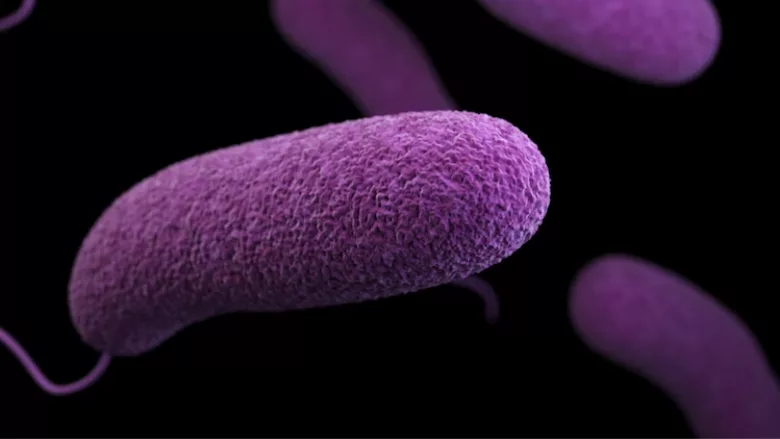CDC Reports 8 Percent Decrease of Enteric Diseases in 2021

Credit: CDC (cdc) via Unsplash
The incidence of enteric infections, which are commonly foodborne, decreased in the U.S. during 2021, a U.S. Centers for Disease Control and Prevention (CDC) report finds. In 2021, the number of infections reported to CDC’s Foodborne Diseases Active Surveillance Network (FoodNet) decreased by 8 percent compared with the 2016–2018 average.
During 2021, FoodNet identified 22,019 infections, 5,359 hospitalizations, and 153 deaths as a result of enteric infections. Aside from the overall decrease of enteric illnesses, the report also revealed specific trends:
- Incidence decreased for Salmonella
- Incidence increased for Cyclospora, Vibrio, and Yersinia
- Incidence was unchanged for Campylobacter, Listeria monocytogenes, Shigella, and Shiga toxin-producing Escherichia coli (STEC)
- Incidence was highest for Campylobacter (17.8 cases per 100,000 people) and Salmonella (14.2 cases per 100,000 people).
Among 6,110 Salmonella isolates, the most common serotypes were Enteritidis (17 percent), Newport (11 percent), Typhimurium (9 percent), Javiana (7 percent), I 4,[5],12:i:- (6 percent), Oranienburg (5 percent), and Infantis (4 percent). Enteritidis, Newport, Typhimurium, Javiana, and I 4,[5],12:i:- have been among the five most common serotypes since 2010.
Among 1,203 STEC isolates analyzed in 2021, serogroup O157 was most common (26 percent). FoodNet identified 49 cases of postdiarrheal Hemolytic Uremic Syndrome (HUS)—often a consequence of STEC infection—in people under 18 years of age, which is a similar rate to that of 2016–2018.
In its report, CDC states that comprehensive efforts are needed to address the root causes of foodborne illness, particularly for Salmonella and Campylobacter. Based on the large number of foodborne Salmonella and Campylobacter infections originating from poultry, as well as the substantial incidence of foodborne salmonellosis associated with produce, CDC suggests that food safety efforts be focused on these commodities. Additionally, the report emphasizes the need for more robust measures to identify and address Salmonella contamination in food by serotype, pointing to the predominance of five Salmonella serotypes for more than 10 years.
The report highlights the U.S. Department of Agriculture’s Food Safety and Inspection Service’s (USDA’s FSIS’) efforts to reduce Salmonella infections associated with poultry products, while calling for targeted efforts to address Salmonella contamination of produce and Campylobacter infections from chicken products. CDC also underlines that improvement in agricultural water safety, as the U.S. Food and Drug Administration (FDA) has proposed, might decrease infections with pathogens transmitted commonly by produce, including Salmonella, STEC O157, and L. monocytogenes.
Looking for quick answers on food safety topics?
Try Ask FSM, our new smart AI search tool.
Ask FSM →









